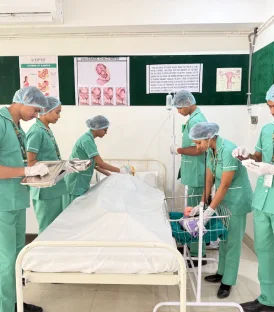December 04, 2023
Cauterization involves the medical practice of using heat to eliminate or seal off a portion of the body, aiming to address issues such as bleeding, unwanted growths, or potential medical harm like infections. This method, historically employed for wound treatment, was effective in preventing excessive bleeding and closing amputations before the era of antibiotics.
A cauterization device, known as a Cautery Machine, is a heated metal tool applied by physicians to generate heat, halt blood vessel bleeding, and serve other treatment purposes. Modern cauterization primarily employs electrocautery and chemical cautery.
Electrocautery utilizes heat conduction from an electrically heated metal probe to destroy tissue or cut through soft tissue, effectively stopping bleeding from small vessels. This process, also referred to as thermal cautery, involves passing direct or alternating current through a resistant metal wire electrode to generate heat, which is then applied to living tissue for hemostasis or controlled tissue destruction. Electrocautery finds applications in various surgical fields, including dermatology, ophthalmology, otolaryngology, plastic surgery, and urology.
Chemical cauterization employs reactions to destroy tissue, commonly used for removing skin lesions like warts or necrotized tissue and achieving hemostasis. While agents like silver nitrate, trichloroacetic acid, and cantharidin are utilized, caution is exercised due to the potential of chemicals leaching into unintended areas. Laser and electrical methods are often preferred.
Cauterization procedures are generally not painful, as prior medications are administered to numb the targeted area. Following cauterization, wounds typically heal within two to three weeks, leaving a flat, round scar that gradually fades to blend with the surrounding skin.

















